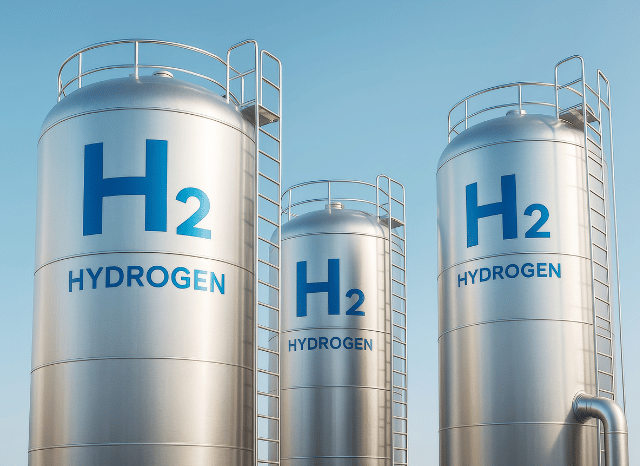From Desert to Port: How Oman's Inexperienced Hydrogen Could Electrical power Germany’s Long term

Oman, Germany, as well as Netherlands have signed a groundbreaking arrangement that may reshape Europe’s Electrical power landscape, ushering in a whole new period of green hydrogen imports from the Middle East.
A bold move in the global Strength transition is getting form concerning Oman and Europe. A historic settlement signed before this calendar year paves the way for one of several earth’s first large-scale hydrogen corridors—linking Oman’s huge renewable sources to Germany’s industrial hubs by way of the Netherlands.
The core of the initiative is inexperienced hydrogen—produced by splitting water via electrolysis run by photo voltaic or wind Strength. This kind of hydrogen has attracted world fascination for its likely to decarbonise sectors which might be normally difficult to electrify, such as heavy transport, metal creation, and Power storage.
Oman, leveraging its sunny weather and ambitious nationwide technique, aims to become a top world wide exporter of eco-friendly hydrogen by 2030. Forecasts suggest the region could produce as many as one million tonnes of green hydrogen on a yearly basis by the top of the decade. A important part of this strategy includes liquefying the hydrogen to facilitate overseas transport.
Enter the hydrogen corridor: a planned maritime and logistics route starting from the port of Duqm in Oman, extending on the ports of Amsterdam and Duisburg. Specialised cryogenic tankers, just like Those people Employed in LNG transportation but adapted for hydrogen’s A here lot check here decreased temperatures, will carry the gas. European ports are previously planning the mandatory infrastructure to receive, shop, and distribute the cargo.
This corridor is not just a logistical feat—it’s a strategic 1. For Germany, which can be planning to lessen dependence on fossil fuels and diversify its Power blend, the imports could assistance meet up with its goal of bringing in ten million tonnes of renewable hydrogen by 2030. The corridor also aligns with broader EU sustainability goals and industrial decarbonisation endeavours.
The challenge’s importance lies not just in its scale, but also in its replicability. Like LNG just before it, liquid hydrogen could quickly move throughout continents, breaking cost-free from the limitations of preset pipeline networks. And Oman isn’t by yourself. Other initiatives—including Spain’s Basque Hydrogen Corridor along with the Central European Hydrogen Corridor—will also be setting up the backbone of the get more info long term hydrogen financial state.
The Basque challenge concentrates on integrating manufacturing, distribution, and industrial use in northern Spain. In the meantime, the Central European route ideas to repurpose existing gas pipelines to hold hydrogen from Jap Europe to Germany, even further cementing the area’s role while in the hydrogen transition.
If profitable, these efforts could mark A serious milestone in decarbonising Europe’s significant industries and transportation networks—driven via get more info the Solar and wind of distant deserts.